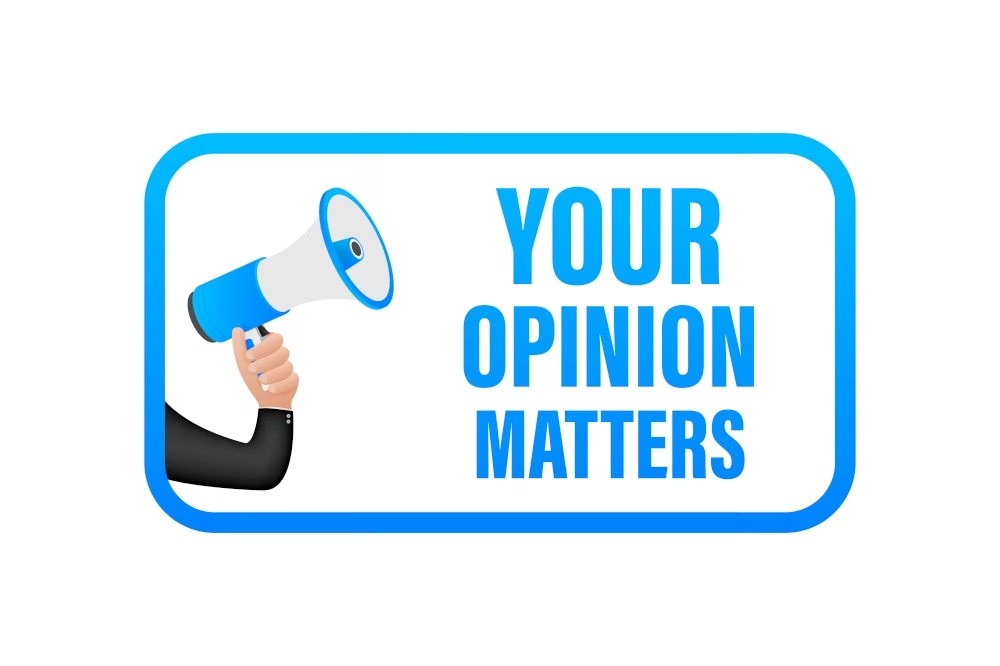Innovation doesn’t come from everyone thinking the same way.
It stems from people bringing different experiences, ideas, and perspectives to the table. That’s the value of inclusion and more specifically, diversity of thought.
When we talk about inclusion, it’s easy to focus on categories like race, gender, or age. While those aspects are important, what truly drives progress is how people think, problem-solve, and approach challenges differently.
Diversity of thought means inviting, welcoming, and leveraging those differences to create better outcomes.
Why Diversity of Thought Matters
Imagine a team where everyone comes from the same background, was trained the same way, and sees the world through a similar lens. They might get along well, but their solutions to problems will likely follow the same predictable path.
Now picture a team comprising people from different industries with varied education levels, lived experiences, and personal beliefs. Their combined perspectives lead to richer discussions, more creative solutions, and fewer blind spots. This is where real innovation begins.
Companies that embrace diversity of thought often outperform their competitors. They’re more adaptable, better at identifying market opportunities, and quicker to spot potential risks.
Different ways of thinking challenge the status quo, which is exactly what’s needed to grow and evolve.
It’s Not About What You Call It
Sometimes organizations get stuck on the terminology—Is it diversity? Inclusion? Equity? Belonging?
The truth is, the label doesn’t matter as much as the action. Whether it’s rethinking your hiring practices, redesigning meetings to be more inclusive, or actively seeking feedback from underrepresented groups, the point is to walk the walk—not just talk the talk.
What This Looks Like in Practice
- Encouraging people to challenge ideas respectfully, even if it makes things uncomfortable.
- Valuing contributions from introverts and extroverts alike.
- Recognizing that someone who “thinks differently” might be exactly who your team needs.
- Building cross-functional teams that bring different types of expertise together.
Creating a Culture of Inclusion
This doesn’t happen overnight.
It requires leaders who listen more than they speak, managers who are open to being wrong, and team members who feel safe to share ideas.
Creating a culture of inclusion is an ongoing practice, and when done right, it leads to better collaboration, better problem-solving, and better business outcomes.
When people feel seen, heard, and valued for how they think, you build stronger teams and smarter solutions. Diversity of thought isn’t just a nice-to-have; it’s the foundation of a successful, future-ready workplace.
About Focus HR, Inc.
Focus HR, Inc. uncomplicates the people side of business by providing small business owners with outsourced HR, project HR, and Leadership Coaching. For more information, please contact us today! If you liked this post, please subscribe to our blog. You can opt-out at any time.
To learn more about FocusHR and for updates, please like our Facebook page and follow us on LinkedIn.

